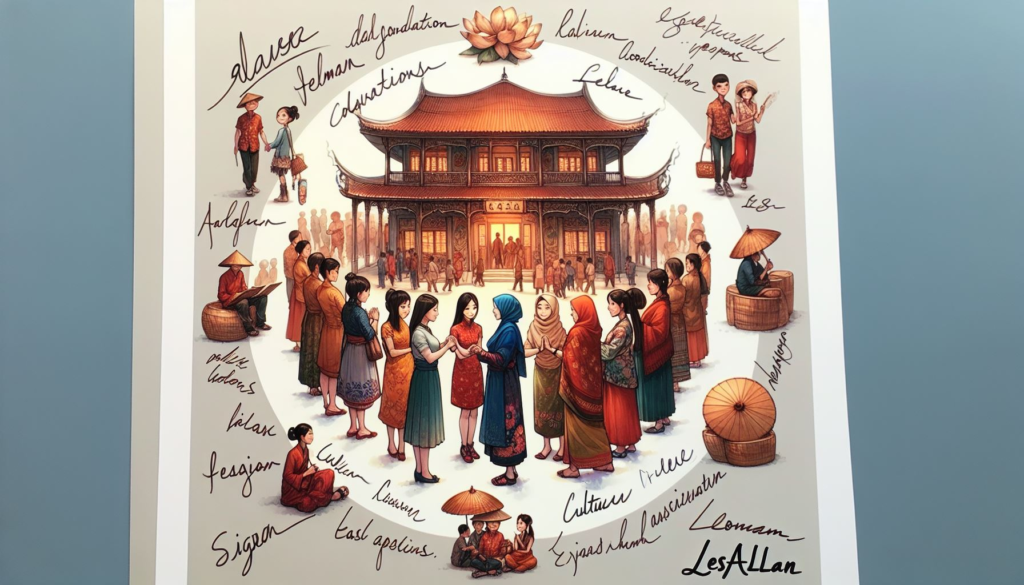
Culture and Leadership: How to Overcome Ethnocentrism and Prejudice
Culture encompasses values, beliefs, norms, and practices that influence interactions and collaborations among people. Culture influences how people communicate, collaborate, solve problems, and make decisions. Leadership is influencing others to achieve a common goal or vision. Leadership styles, behaviors, and expectations vary across different cultures, and leaders need to be aware of these differences and adapt accordingly.
Ethnocentrism is the tendency to view one’s culture as better or superior to others and judge other cultures based on one’s standards. Ethnocentrism can lead to bias, prejudice, discrimination, and conflict. Ethnocentrism can be challenging for leaders, especially in today’s globalized and diverse world, where daily interactions occur with people from different cultures. Ethnocentric leaders may have difficulty understanding, respecting, and appreciating other cultures and may impose their values and norms on others. Ethnocentric leaders may also face resistance, mistrust, and resentment from their followers, who may feel alienated, marginalized, or oppressed by the leader’s actions and attitudes.
Leaders can overcome ethnocentrism and prejudice by developing cultural intelligence, recognizing, understanding, and adapting to cultural differences. Cultural intelligence involves four dimensions: cognitive, metacognitive, motivational, and behavioral. The cognitive dimension refers to the knowledge and awareness of different cultures and their characteristics. The metacognitive dimension involves reflecting on cultural assumptions and biases and adjusting thinking and perspective accordingly. The motivational dimension is the interest and willingness to learn from and engage with other cultures. The behavioral dimension refers to acting appropriately and effectively in different cultural situations. Some of the ways that leaders can enhance their cultural intelligence are to Seek out diverse perspectives, cultures, genders, and backgrounds when building their team. Establishing a safe and inclusive environment where everyone feels comfortable expressing their opinions and sharing their experiences is crucial. There are many ways to learn about other cultures and their values, norms, and practices. Read books, watch movies, listen to podcasts, or attend workshops that expose you to different cultural perspectives and realities. Travel to other countries or regions and immerse yourself in their culture. Observe, listen, and interact with the local people and try to understand their way of life and worldview.
So, in summary, we must hold ourselves accountable for our actions and words. Recognize and acknowledge our own cultural biases and prejudices and seek feedback from others on improving our cross-cultural communication and collaboration skills. Respect and appreciate other cultures and their contributions. Celebrate diversity and inclusion and recognize the strengths and talents of our team members (classmates). We must remain neutral, avoid stereotypes, generalizations, and judgments, and treat everyone with dignity and respect.
Blessings In Christ,
Lesallan



